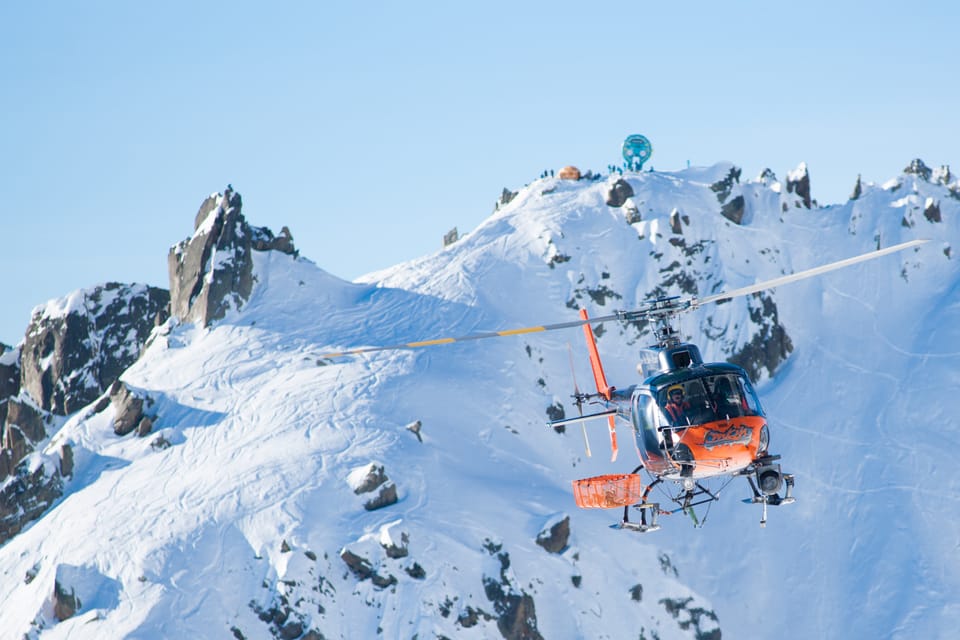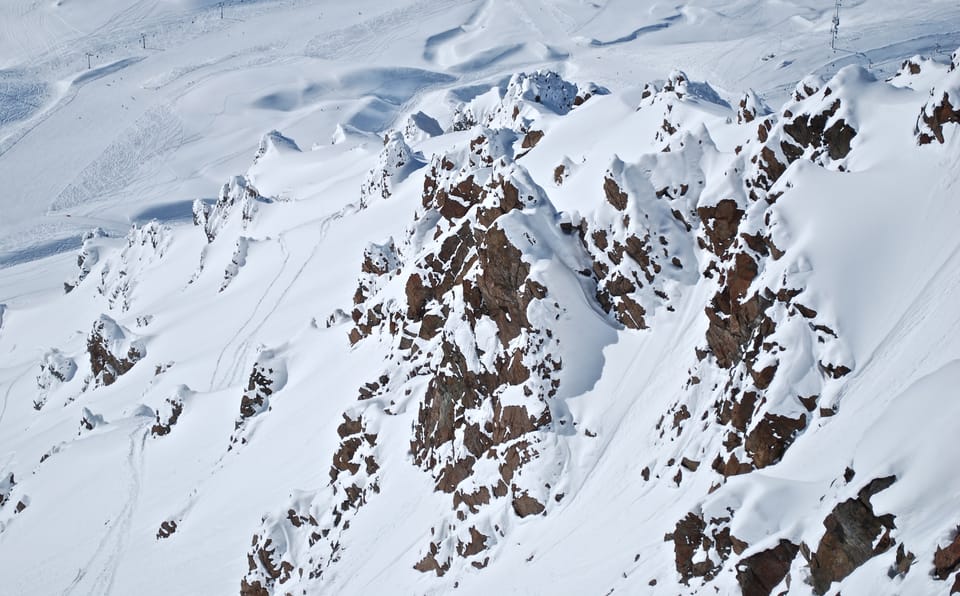52m High Crane Flown In At 3775m to Work on World's Highest 3S Lift

One of the most exceptional feats of lift construction work is currently in to the second of its three successive summers of extreme building work.
The new 3S gondola lift that will access the highest lift station in Europe, on the Klein Matterhorn above Zermatt alongside the existing cable car, has reached the halfway point in its 300 day construction schedule.
The lift, being built by the Italian lift company Leitner, will be the highest three-cable gondola lift in the world, reaching nearly 3,900m above sea level.
The state-of-the-art facility, powered by the efficient and low-emission DirectDrive system, will provide an additional capacity of 2,000 people per hour on the route.
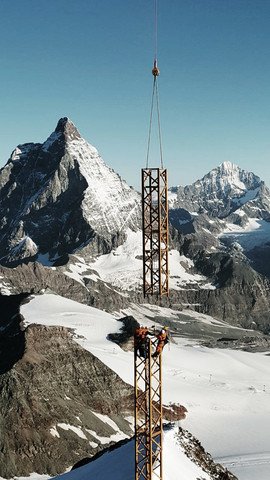
When complete it will operate with 25 comfortable cabins designed by renowned Italian design studio Pininfarina – known for its work on marques such as Ferrari and Maserati.
The new lift starts at the valley station at Trockener Steg at 2,939 metres above sea level, and travels along the Theodul glacier to the Matterhorn glacier paradise (Klein Matterhorn) at 3,883 metres up.
Those 300 days are spread over three years because of the extreme high altitude Alpine environment for the construction, with 100 days allocated each summer before the lift opens for the 2018-19 ski season. Work began last summer and if all goes to schedule, will be completed next summer.
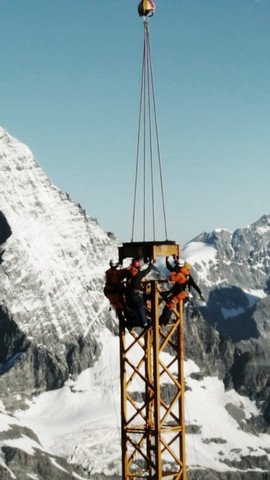
This month engineers have been hanging in the air installing a 52 metre high crane at 3775 m above sea level, needed in the construction of the new lift.
Support towers numbers 1 and 2 were completed in 2016 and support tower number 3 has been completed earlier this summer.
The crane is needed for work on tower 4 which will have a 40 metre high column but due to its exposed position on the northwest wall of the Klein Matterhorn, an additional crane is required for getting the steel in place.
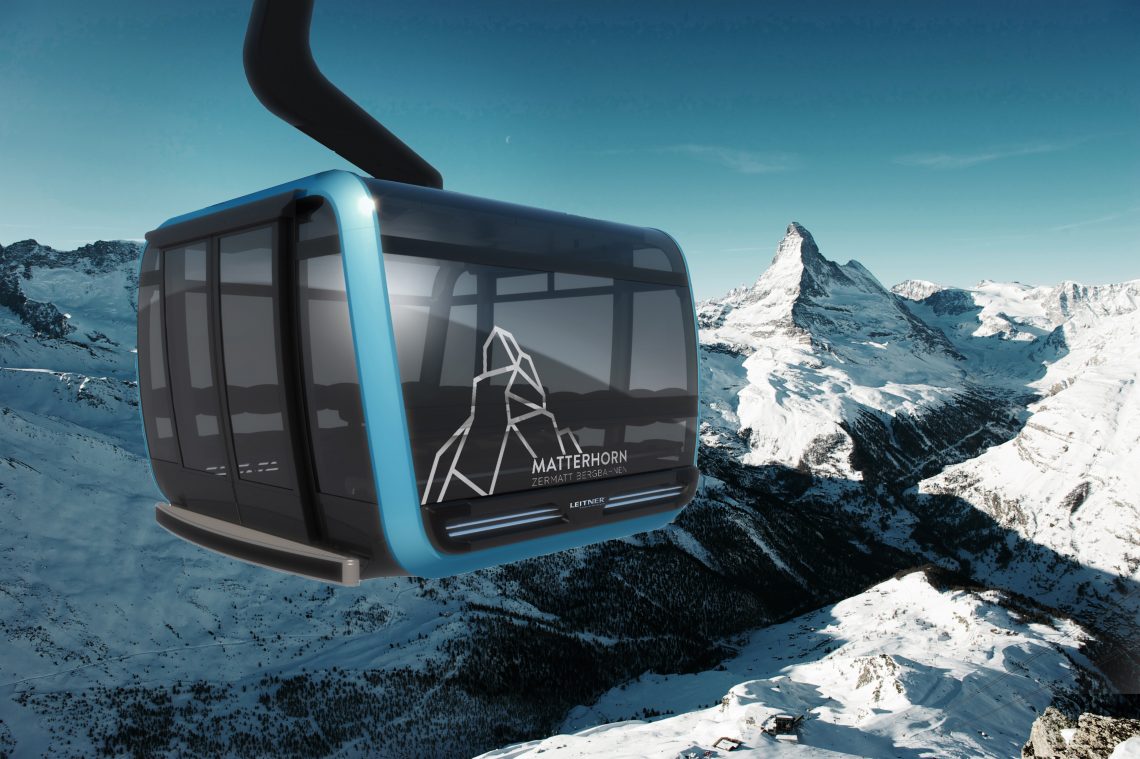
The crane was built with the aid of a Rotex K-Max helicopter making around 20 round trips.
Because of the steep, rocky terrain, workings must go very deep, up to 30 metres in places, in order to lay solid concrete foundations. About 440 cubic meters of concrete were laid for the four foundations and their footings.
The new ropeway invites superlatives in a number of respects. In the high alpine environment, it is heavily exposed to wind and weather. It also has to overcome great distances.
“Despite extremely difficult environmental conditions, the very good cooperation among all the firms involved in the building enabled us to make substantial progress with the construction work. The execution of the biggest building project in our history is on course,” says Markus Hasler, CEO of Zermatt Bergbahnen AG.


